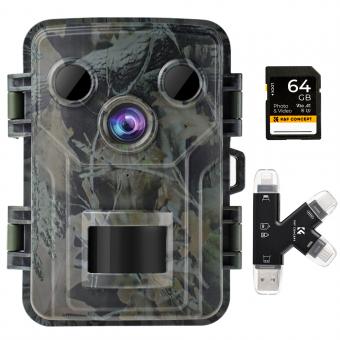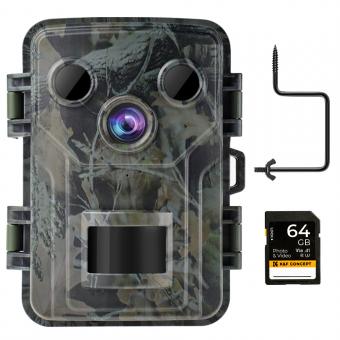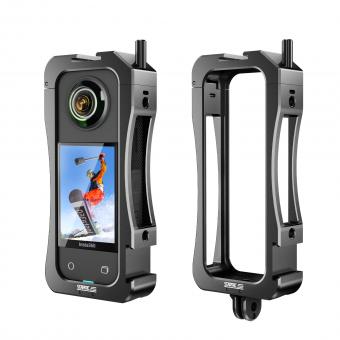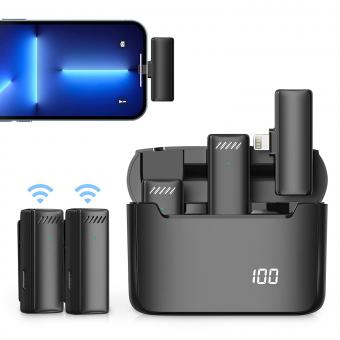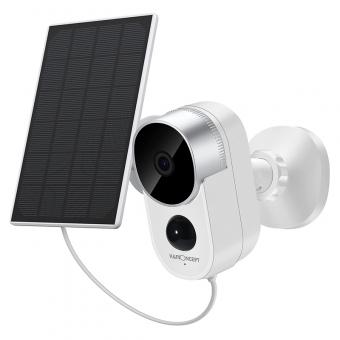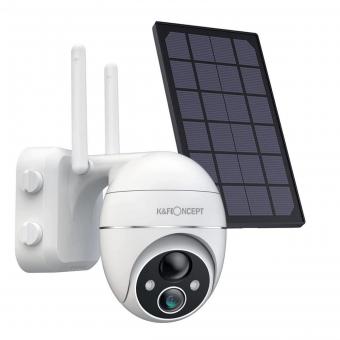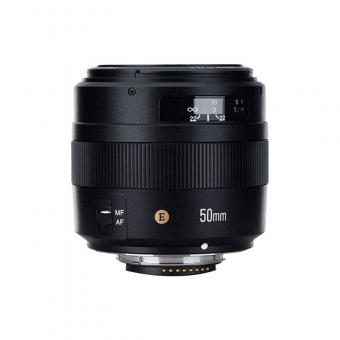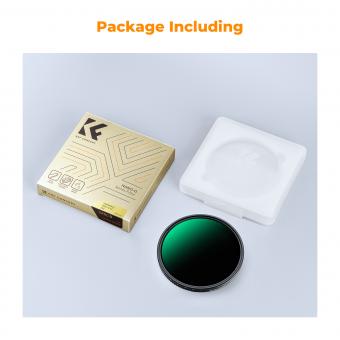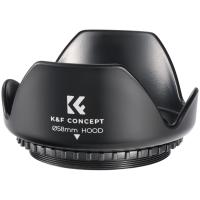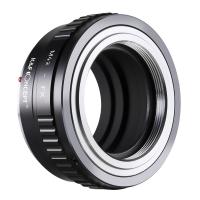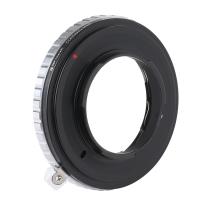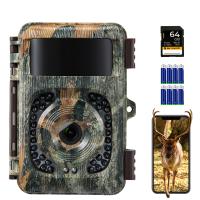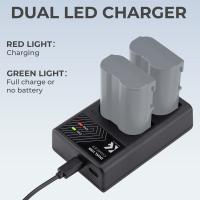How To Install Hikvision Wireless Camera ?
To install a Hikvision wireless camera, first ensure that you have a stable Wi-Fi connection in the area where you want to install the camera. Then, power on the camera and use the Hik-Connect app to add the camera to your network. Follow the app's instructions to connect the camera to your Wi-Fi network and complete the setup process. Finally, mount the camera in the desired location and adjust its position as needed.
1、 Camera Selection and Placement
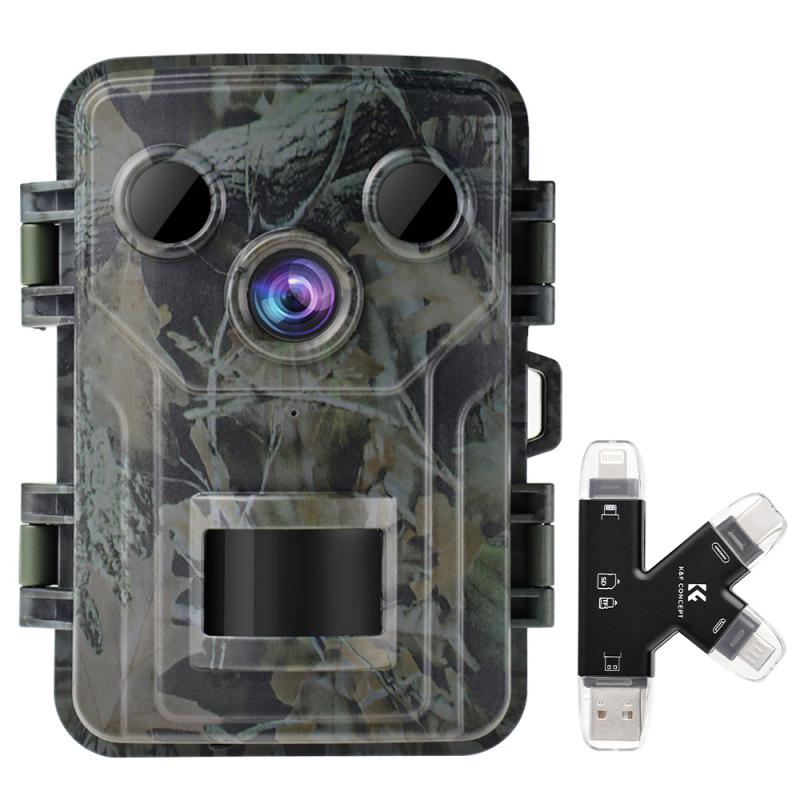
To install a Hikvision wireless camera, you'll need to follow a few key steps. First, ensure that you have a stable Wi-Fi connection in the area where you plan to install the camera. Then, power on the camera and connect it to your Wi-Fi network using the Hik-Connect app or the camera's web interface. Once the camera is connected to your network, you can mount it in the desired location using the included mounting hardware. Finally, adjust the camera's position and settings using the Hik-Connect app or the camera's web interface to ensure optimal coverage and functionality.
When it comes to camera selection and placement, it's important to consider the specific needs of your surveillance setup. For example, if you're looking to monitor a large outdoor area, you may want to opt for a weatherproof, high-resolution camera with a wide field of view. On the other hand, if you're primarily concerned with indoor security, a smaller, more discreet camera may be more appropriate.
In terms of the latest point of view, Hikvision has been focusing on developing AI-powered features for their wireless cameras, such as facial recognition and object detection. These advanced capabilities can enhance the overall security and monitoring capabilities of the cameras, providing users with more accurate and actionable information.
Additionally, Hikvision has been emphasizing the importance of cybersecurity in their wireless cameras, implementing advanced encryption and authentication protocols to protect against unauthorized access and tampering. This ensures that the cameras can be integrated into a secure and reliable surveillance system.
Overall, when selecting and placing Hikvision wireless cameras, it's important to consider the specific requirements of your surveillance setup and take advantage of the latest advancements in AI and cybersecurity to maximize the effectiveness of your security system.
2、 Network Setup and Configuration

To install a Hikvision wireless camera, follow these steps for network setup and configuration:
1. Choose the right location: Select a suitable location for the camera that provides a good view of the area you want to monitor and has a strong Wi-Fi signal.
2. Power the camera: Connect the camera to a power source using the provided power adapter.
3. Connect to the network: Use the Hik-Connect app or web interface to connect the camera to your Wi-Fi network. Follow the on-screen instructions to input your network credentials and complete the setup process.
4. Configure the camera settings: Once the camera is connected to the network, you can configure its settings such as motion detection, recording schedules, and alerts.
5. Test the camera: After the setup is complete, test the camera to ensure it is functioning properly and capturing the desired footage.
6. Secure the camera: Change the default login credentials and ensure that the camera's firmware is up to date to protect it from potential security vulnerabilities.
From a latest point of view, it's important to note that Hikvision cameras may have specific setup requirements based on the model and firmware version. Additionally, it's crucial to consider cybersecurity best practices when setting up any network-connected device, including changing default passwords and keeping firmware updated to mitigate potential security risks. Always refer to the latest user manual and online resources provided by Hikvision for the most up-to-date installation and configuration guidance.
3、 Power Supply and Connection
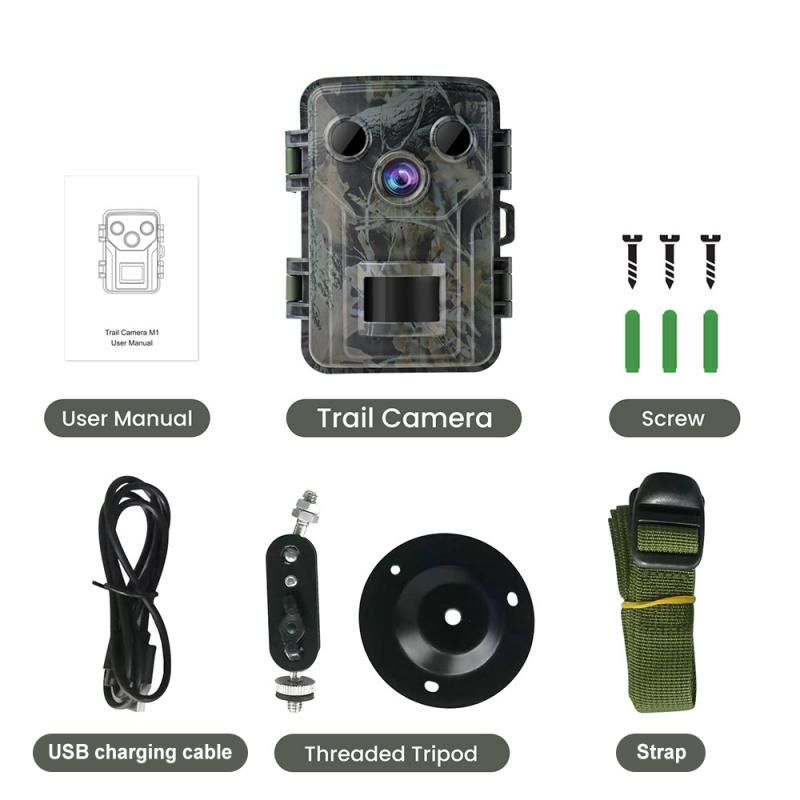
To install a Hikvision wireless camera, you will need to follow a few steps to ensure a successful setup. Here's a guide on how to install the power supply and make the necessary connections for your Hikvision wireless camera.
1. Power Supply: Start by identifying a suitable power source for your wireless camera. Hikvision wireless cameras typically come with a power adapter that needs to be connected to a power outlet. Ensure that the power supply is stable and reliable to avoid any interruptions in the camera's operation.
2. Mounting the Camera: Choose an appropriate location to mount the camera, ensuring that it has a clear view of the area you want to monitor. Use the mounting kit provided with the camera to securely install it in the desired position.
3. Connection: Once the camera is mounted, connect it to the power supply using the provided power adapter. Ensure that the connection is secure and that the camera receives power.
4. Network Connection: Next, you will need to connect the camera to your wireless network. Follow the instructions provided with the camera to establish a connection to your Wi-Fi network. This may involve using a smartphone app or a computer to configure the camera's network settings.
5. Testing: After the camera is powered and connected to the network, test its functionality to ensure that it is capturing and transmitting video footage as expected. You may need to adjust the camera's angle or settings to optimize its performance.
It's important to note that the specific installation process may vary depending on the model of the Hikvision wireless camera you are using. Always refer to the manufacturer's instructions and guidelines for the most accurate and up-to-date information on installing and setting up your camera.
As technology evolves, it's essential to stay updated with the latest firmware and software updates for your Hikvision wireless camera. Regularly check for updates and follow the manufacturer's recommendations for maintaining the security and performance of your camera.
4、 Mobile App Installation and Setup

To install a Hikvision wireless camera, you can follow these steps:
1. First, ensure that the camera is compatible with your wireless network and has a strong Wi-Fi signal in the area where you want to install it.
2. Next, download the Hik-Connect app from the App Store or Google Play Store on your mobile device.
3. Once the app is installed, create an account and log in. Follow the on-screen instructions to add your camera to the app. This usually involves scanning a QR code on the camera or entering the camera's serial number.
4. After the camera is added to the app, you can customize its settings, such as motion detection, alerts, and recording schedules.
5. Finally, mount the camera in the desired location and connect it to a power source. Use the app to adjust the camera's angle and ensure that it has a clear view of the area you want to monitor.
As of the latest point of view, Hikvision has been continuously improving its mobile app to provide a more user-friendly experience and enhanced features. The latest versions of the app may include improved connectivity, better remote access, and more advanced settings for the wireless cameras. It's always recommended to check for any updates to the app to ensure that you are using the latest and most secure version.



